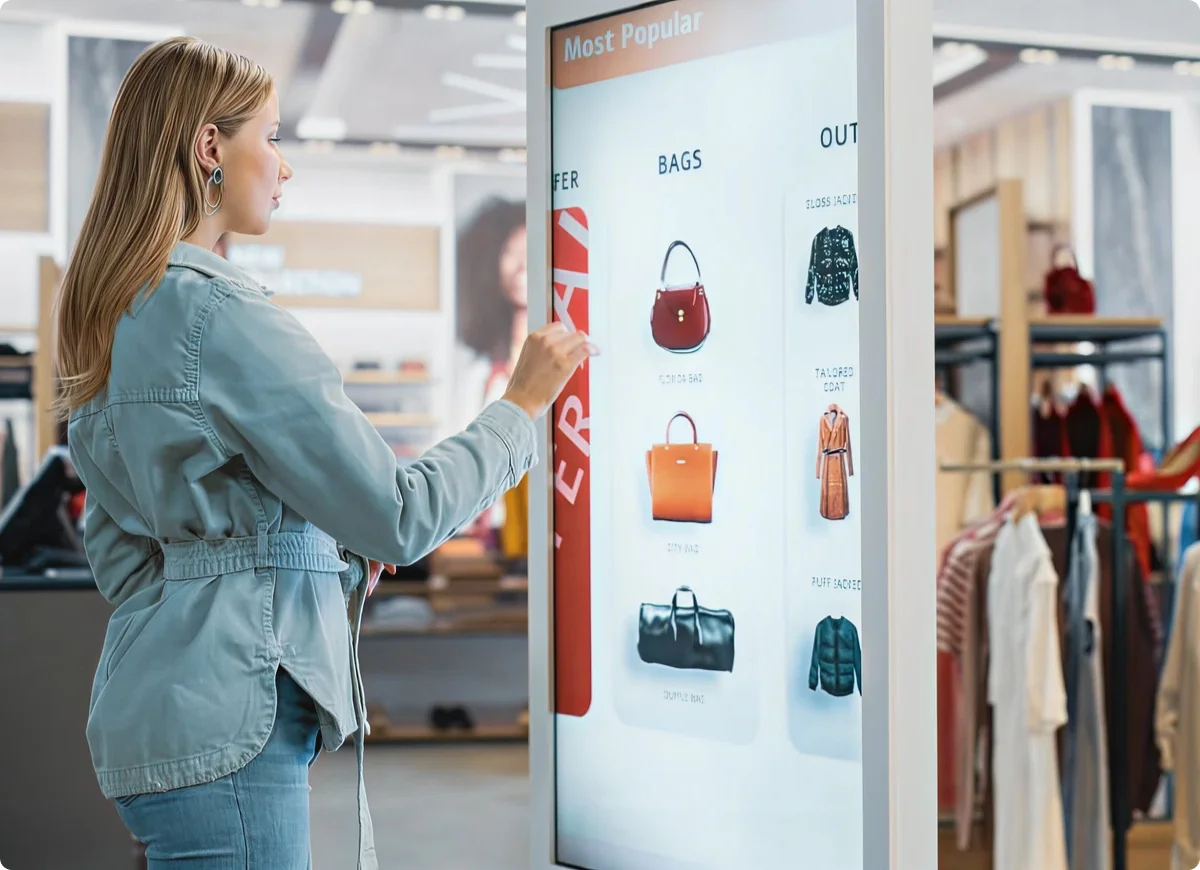Digital Signage Software: What Really Makes a Display “Smart”?

Strong 8k brings an ultra-HD IPTV experience to your living room and your pocket.
Have you ever paused to wonder why we call today’s mobile phones “smartphones”? It’s not just a trend; it’s because they’ve evolved far beyond their original purpose. Modern smartphones can track your steps, monitor your heart rate, translate languages in real-time, and even manage your day better than you can! Now, imagine if something as simple as a screen could evolve similarly.
Well, it has, and it’s called smart digital signage.
We’ve come a long way from the old-school method of plugging a USB stick into a TV screen, playing the same promotional video or slideshow on loop, and hoping someone remembers to change it when the season ends or the sale is over. It worked, sure, but it wasn’t smart.
So, what exactly is smart digital signage software?
In simple terms, it’s digital display technology powered by intelligent software that allows content to be updated remotely, interact with viewers, and respond to real-time data. Whether it’s a single screen or a global network of displays, smart signage gives users complete control from anywhere in the world.
Key Features That Make Digital Signage "Smart":
Remote Content Management
With smart signage, you don’t need to be physically near the screen. You can sit in your office—or on a beach—and update your display content with just a few clicks. Cloud-based platforms allow centralized management, saving both time and manpower.
Live Data Integration
Want your signage to show weather updates, social media feeds, or stock prices? No problem. Digital Signage software connects your screens to live data sources so your content is always relevant and up to date.
Interactivity
Modern signage can be touch-enabled or QR-based. Think of restaurant menus you can interact with, or wayfinding screens at airports. This isn’t just content on a screen; it’s content you can engage with.
Scheduling and Automation
Need your breakfast menu to display from 7–11 AM and your lunch menu right after? Smart signage can automate it all, down to the second.
Analytics and Reporting
Smart systems track engagement like how many people looked at your ad, for how long, and which parts they interacted with. It’s like Google Analytics, but for your physical space.
Real-Life Applications of Smart Digital Signage
Education: Schools and universities are using digital signage to share class schedules, campus announcements, emergency alerts, and even display student work. For online classes, institutions can sync signage across multiple locations, delivering consistent messaging to students and staff.
Retail: From displaying dynamic pricing to promoting flash sales based on time of day or inventory levels, smart signage is redefining the in-store customer experience.
Healthcare: Hospitals use digital displays to reduce perceived wait times, share health tips, and direct patients to the right departments, updated in real time.
Corporate Offices: Internal communication screens now share team updates, KPIs, HR announcements, and even welcome messages for new employees or guests.
Why Smart Signage Is the Future
We live in an age where attention spans are short and expectations are high. People want information instantly and visually. Businesses, schools, and public institutions can’t afford to rely on outdated methods of communication. With smart digital signage, content is dynamic, timely, and impactful.
Think of it this way: If smartphones made communication personal and portable, smart signage makes communication public and powerful.
Ready to make your communication smarter?
Explore how Pickcel’s smart digital signage software is helping organizations worldwide stay ahead:
pickcel
Note: IndiBlogHub features both user-submitted and editorial content. We do not verify third-party contributions. Read our Disclaimer and Privacy Policyfor details.


